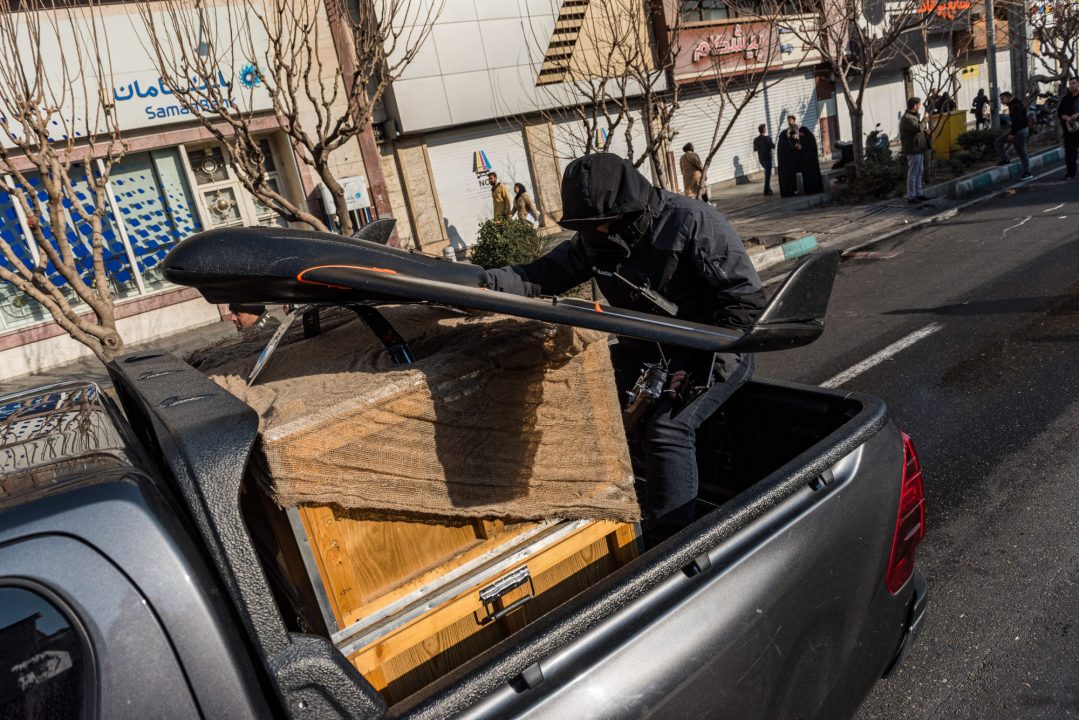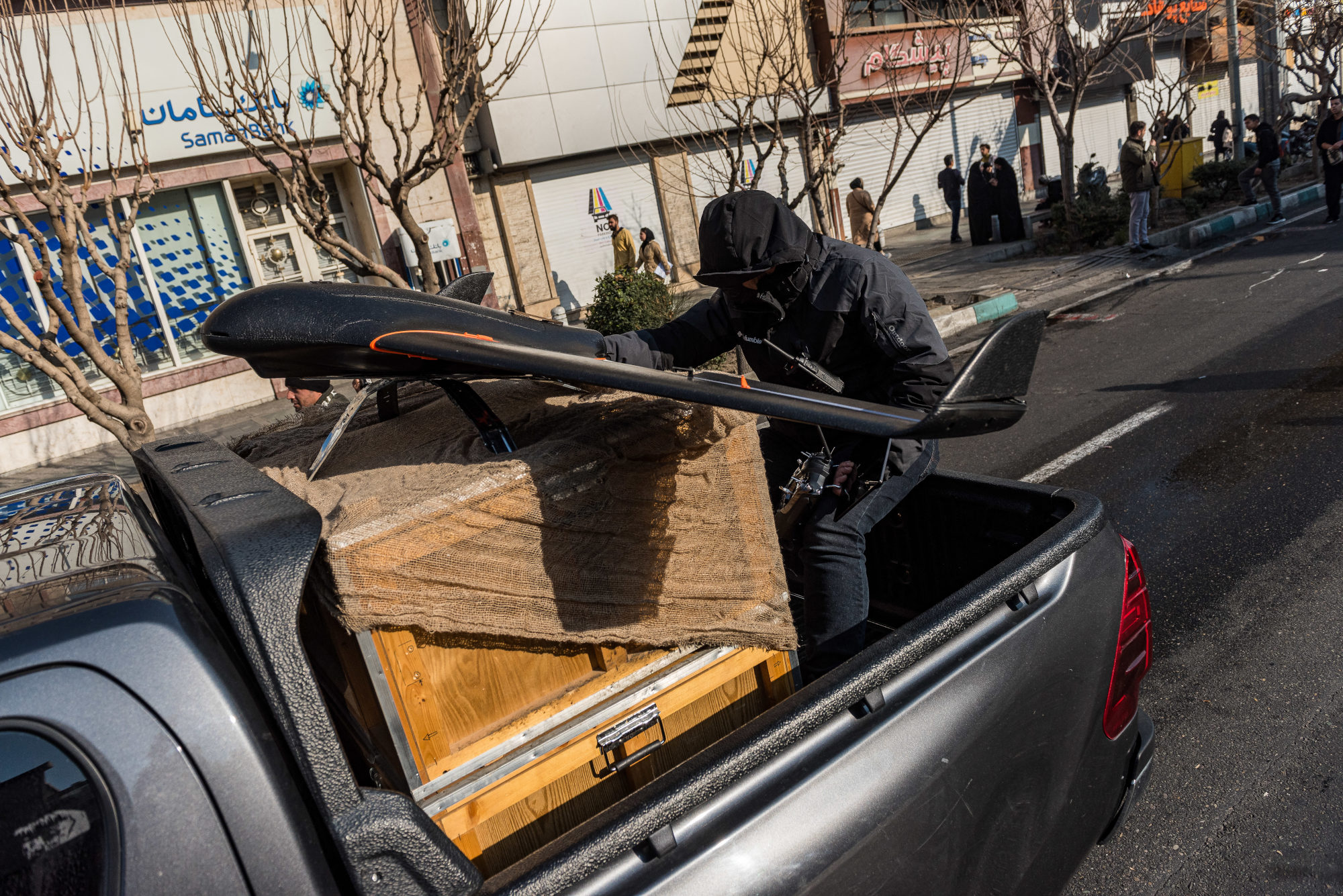Over the last decade Iran has built up an impressive arsenal of kamikaze drones which can slam into targets more than 2,000 km away.
Iran thought that in war it would be able to use these drones for massed attacks, and when Israel attacked Iran in the early hours of June 13, Tehran duly responded by launching its drone army. Yet so far its drones have been unable to terrorise Israel. By June 15, the Israel Defence Forces said they had intercepted more than 100.
It seemed like drones would be to warfare what the torpedo bomber was to ships at Pearl Harbor
While Iranian ballistic missiles may have penetrated Israel defences with deadly effect, so far the Israeli military has neutralised the drone threat almost entirely.
This seems surprising. After all, Iranian drones have been used by Russia to terrorise Ukrainian civilians for three years. Why then has Iran’s drone threat suddenly had its wings clipped?
The answer is that other countries are adapting. In the past, Iran’s drones have only been able to terrorise the Middle East (and Ukraine) because there haven’t been enough air defence systems to counter them. In 2022, for example, the Americans were deeply alarmed when Iranian-backed militias were able to use a drone to target US forces in northern Iraq.
Since then, countries have invested heavily in air defences. Israel has new laser air defences that can down drones. The US is also ploughing billions into its own defences.
For Iran, this represents a serious blow to its military ambitions. Drones were the natural answer to its challenge of building a cheap air force – which it had been unable to modernise since the 1980s because of sanctions. Drones can be made relatively cheaply and perform some of the functions of manned aircraft. They can conduct surveillance and if they are armed they can carry out airstrikes. It is complex to arm a drone like the American Reapers – it requires long range communications and many complex systems that Iran is not able to produce. But Iran’s solution was to turn the drone itself into a missile.
Iran’s drones are pre-programmed and this gives them some advantages. It means they can’t be jammed. They can be launched in large numbers and overwhelm a country’s air defences. But they are propeller driven and that means they are slow. When they are launched from Iran it can take them hours to reach Israel. It appears Iran has tried to get around these problems by having drones attack areas such as Eilat in southern Israel. Yet even so, Israel’s navy has engaged the drones, using an air defence system called the Barak LRAD to shoot them down.
Several years ago the drone threat seemed to be the future of warfare. Iran’s Shahed 136 drone was exported to Russia and used to attack Israel. Iranian-backed groups such as the Houthis in Yemen used Iranian-style drones against Saudi Arabia. In 2019, Iran used drones and cruise missiles to attack the giant energy facility at Abqaiq in Saudi Arabia. It seemed like drones would be to warfare what the torpedo bomber was to ships at Pearl Harbor.
Instead, Iran’s advances in drone warfare have come to naught, at least in this conflict. This isn’t the first time a military technology has met its match. France invested heavily in the state-of-the-art Maginot line prior to the second world war, only to see the Germans drive around it. Israel saw its concentrate tank formations suffer losses to Egyptian infantry armed with Soviet wire-guided Sagger anti-tank missiles in the 1973 war.
Still, Iran is giving up yet. It has invested in a new drone it calls the Shahed 107, according to Iranian media. The report says it has a range of 1,500 km and that Iran has used the drone in a ‘swarm’ against Israel. There is no evidence yet that it is effective. It could be that Iran is doubling down on a weapon system that could soon be redundant on the battlefield.








Comments